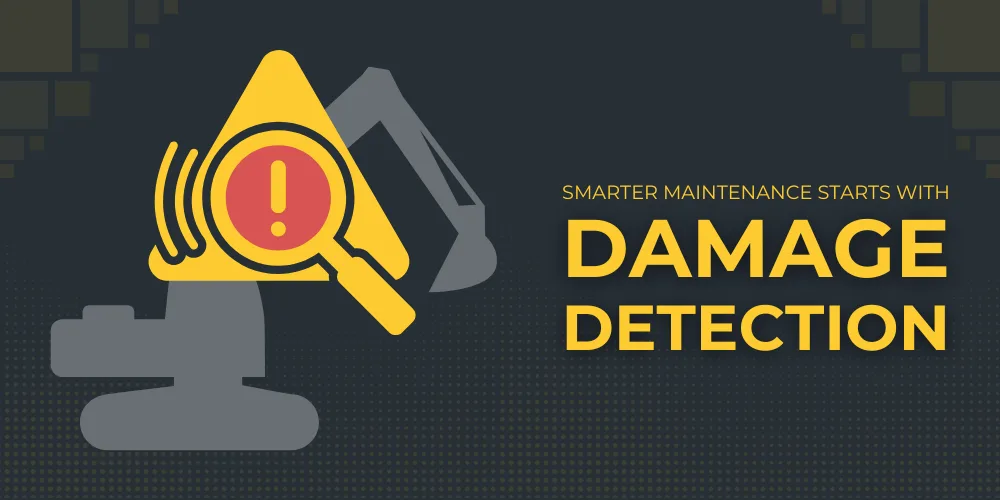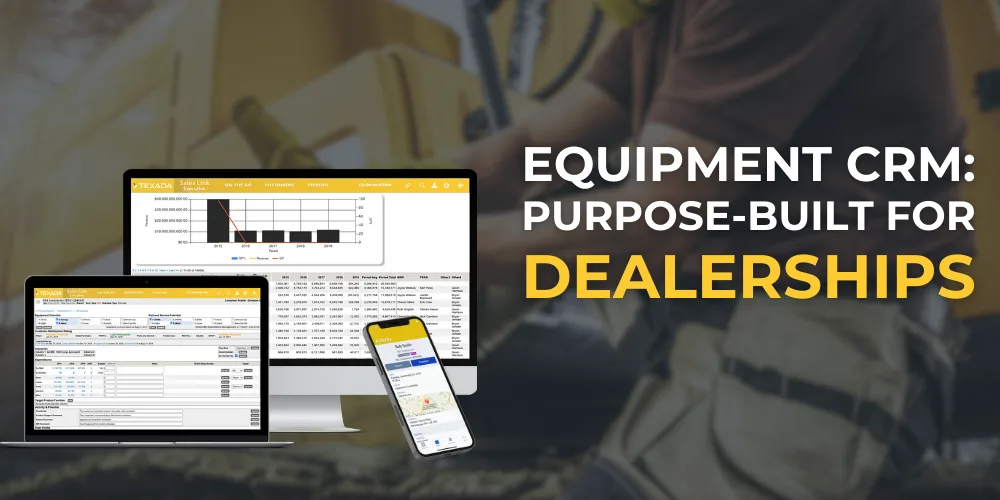In the heavy equipment rental world, your assets are your business. When machines break down, they don’t just sit idle — they drain revenue, frustrate customers, and disrupt operations. That’s why modern rental companies are turning to damage detection software to cut downtime, extend equipment lifespan, and maximize profits.
This blog shows how smart predictive maintenance strategies, paired with IIoT for equipment and advanced monitoring tools, can transform your maintenance game.
Why Damage Detection Matters
Without proactive monitoring, small issues can spiral into big, expensive repairs. Heavy equipment maintenance teams use damage detection software to:
- Spot wear-and-tear early
- Perform quick, routine fixes before major failures
- Keep machines rental-ready and revenue-generating
The result? Less downtime, fewer surprises, and a healthier bottom line.
Key Technologies Behind the Software
Today’s top equipment monitoring tools combine:
- Machine Learning: Learns from past performance to flag unusual patterns and reduce false alarms.
- Real-time Monitoring: Sends instant alerts when something’s off, often through the Mobile app for your Rental Management system, or similar platforms.
- Condition-based Monitoring: Focuses on known weak points and wear areas.
- Non-Destructive Testing (NDT): Uses vibration analysis, thermal imaging, and ultrasound to spot hidden issues without halting operations.
Pro tip: Combine multiple detection methods for a complete picture of equipment health and to reduce equipment downtime.
From Reactive to Predictive Maintenance
Moving from reactive to predictive maintenance strategies, powered by damage detection software, helps you:
- Schedule repairs before failures happen
- Allocate resources effectively
- Prioritize critical assets
By adopting a proactive approach, you can fine-tune your approach to maintenance, maximizing uptime while reducing unnecessary work.
Leveraging IIoT and Data Analytics
The Industrial Internet of Things (IIoT) connects your equipment to real-time data streams. Combined with data analytics, you can:
- Detect anomalies as they happen
- Track long-term performance trends
- Optimize maintenance schedules based on real needs
This shift to predictive maintenance strategies moves you away from guesswork and toward precision, helping extend equipment lifespan and keep your fleet profitable.
Boosting Equipment Lifespan and ROI
Early detection extends the life of your assets, cuts down on costly emergency repairs, and improves overall productivity. With better heavy equipment maintenance data, you can:
- Reduce unscheduled downtime
- Stretch your capital investments further
- Improve energy efficiency and lower operating costs
Investing in damage detection software is an investment in long-term cost savings and a stronger ROI.
Enhancing Safety and Compliance
Beyond maintenance, this software helps:
- Identify safety risks before they escalate
- Automate inspection records and compliance documentation
- Streamline audits and reduce manual errors
Especially in high-risk industries, staying compliant isn’t just smart — it’s essential for protecting both people and profits.
Ready to Protect Your Fleet?
Damage detection software isn’t just a nice-to-have; it’s a game-changer. By combining smart monitoring, predictive insights, and efficient planning, you can:
✅ Minimize downtime
✅ Maximize asset performance
✅ Keep your operation safe, compliant, and profitable
Want to learn more? Book a demo with our team and see how Texada can help you transform your heavy equipment maintenance strategy.





